I am currently in the process of trying to repair a power supply that has had one of its DC rails fail. A resistor in the PSU has exploded and I am trying to find what value it is.
Band 1: White
Band 2: Brown
Band 3: Silver (Possibly Grey?)
Band 4: Gold
Band 5: Green
The weird thing is that the middle band appears to be silver, which should be invalid as far as I can tell. If you assume the silver is grey (although this is unlikely, as there still needs to be a grey colour as well and the band is metallic), it produces a value of resistor which is incredibly uncommon to the point it does not exist (91.8 Ohms 0.5%).
Apologies for the noobie question, I'm just stumped after hours of trying to understand why this is and coming up short :).

